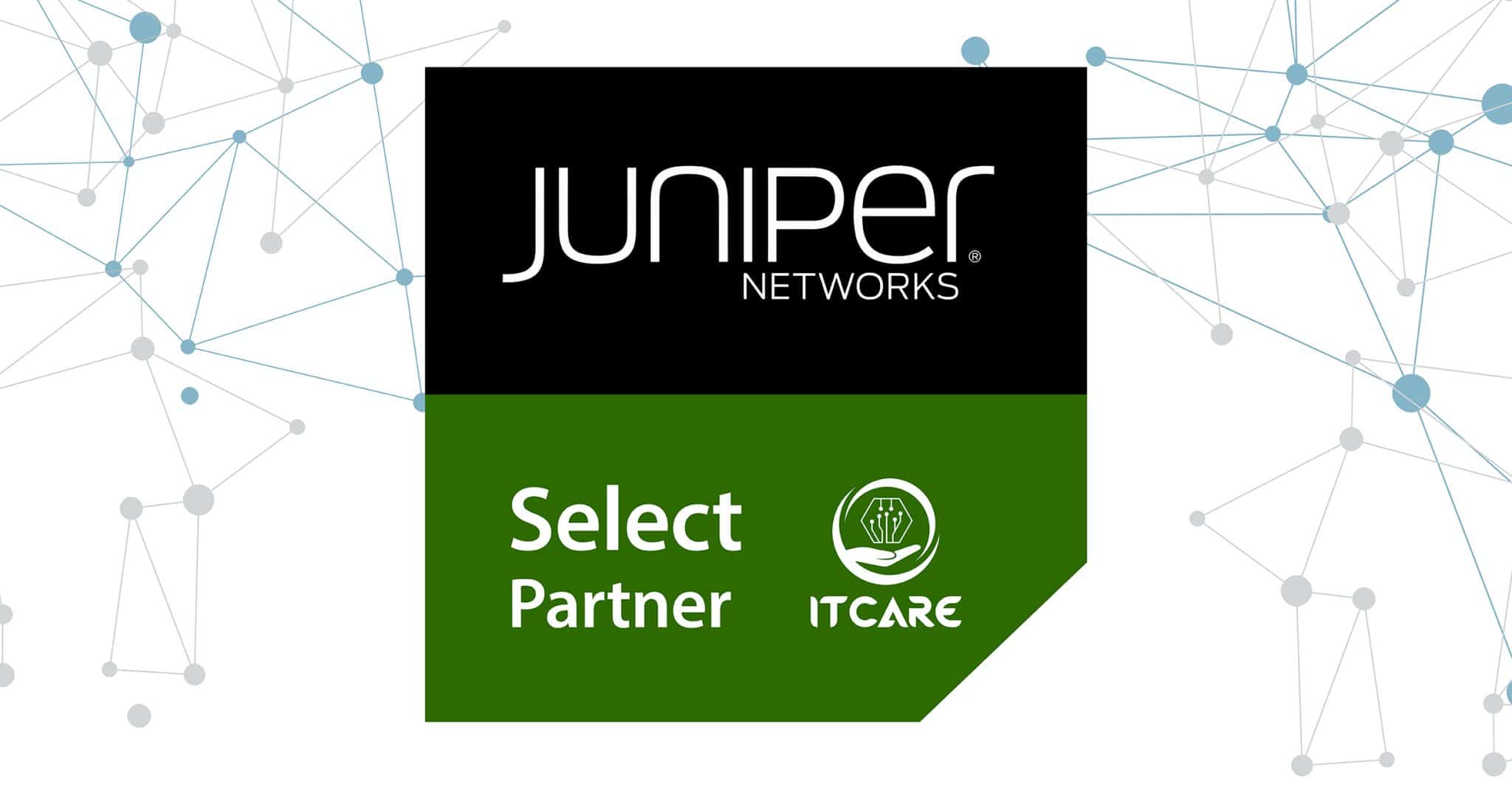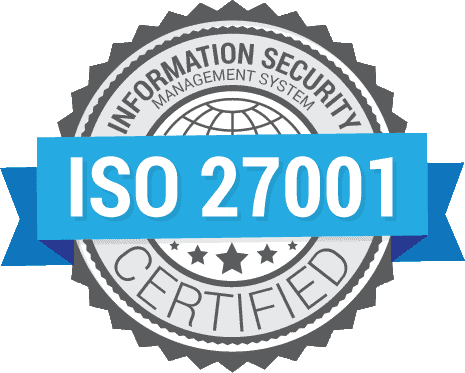What You Need to Know About Incident Management in a NOC
Managing incidents in a NOC (Network Operations Center) directly impacts the stability and performance of the systems any digital business depends on. A prompt response reduces downtime, protects data, and increases customer satisfaction. In the lines below, I’ll show you exactly what incident management in a NOC involves, how it works in practice, and which solutions are worth adopting. The article covers basic concepts, processes, tools, challenges, and the most effective strategies.
What a NOC Is and What Incident Management Involves
A NOC, or Network Operations Center, continuously monitors IT infrastructure to ensure networks run smoothly. The NOC team responds quickly if an issue arises that affects business activity or user access. The focus is on prevention and timely intervention at the first sign of irregularities.
Incident management in a NOC means the total set of actions through which you identify, analyze, resolve, and document network incidents. By choosing professional services of this type, you reduce the risk of outages and offer clients a high level of reliability.
For example, when a server stops responding, NOC technicians automatically receive an alert. They check the type of issue, prioritize it, and act quickly to restore the service, then document both the cause and the solution.
Structure of the Incident Management Process in a NOC

Industry specialists define an incident as any event that can disrupt the normal functioning of the network. Common examples include:
A critical server shuts down.
An unusual latency spike occurs on a network segment.
You receive alerts about a possible DDoS attack attempt.
Main objectives:
Rapid restoration of affected services.
Minimization of downtime.
Providing clear and timely communication to users or partners.
It’s important to distinguish incident management, which targets fast fault resolution, from problem management (which seeks root causes) and change management (which involves controlled network modifications).
Key Steps in the Incident Lifecycle
Each incident follows a clear sequence of actions that help restore services as quickly as possible. The main steps are:
Detection and logging
Automated monitoring solutions flag incidents or users report problems. Each incident receives a ticket with key details. A practical example: Zabbix systems send real-time notifications to support teams. If you’d like to learn how to build a monitoring and alerting system from scratch, check out this guide.
Categorization and prioritization
The team quickly assesses severity: for instance, a P1 incident means critical outages, while P3 refers to minor issues. Prioritization helps allocate resources efficiently.
Investigation and diagnosis
Technicians use internal knowledge bases and specialized tools to identify the error source. Automated ticket routing or standardized runbooks streamline the process.
Escalation
If the first-line team can’t resolve the issue, it goes to senior specialists or technical managers. A clear escalation flow prevents delays and avoids overlaps.
Resolution and service restoration
Technicians implement the best solution to bring the service back online. Sometimes they use temporary fixes, followed later by a permanent solution.
Closure and documentation
Once service restoration is confirmed, the team closes tickets and documents every step for future analysis or audits.
Recommendation: Ensure prioritization, escalation, and documentation processes remain clear and easily accessible to all team members.
Specific Challenges in NOC Incident Management
The high volume of IT data and events puts pressure on any NOC team. Lack of automation or specialized knowledge slows down response times and increases the risk of missing critical incidents.
A concrete example: one night, a latency alert reached the on-duty technician late because the routing system malfunctioned. That delay caused total unavailability of certain applications, impacting hundreds of users. Automating workflows and regular team training reduce such risks.
For an effective approach, introduce regular training sessions and implement technology solutions to automate triage and incident response.
Most Effective Practices for Incident Management
High-performing organizations apply ITIL (Information Technology Infrastructure Library) standards and ISO/IEC 27035 for security incidents. They adopt automated platforms for monitoring and alerting – for example, Zabbix systems or AI technologies for detecting suspicious patterns. You can learn more about Zabbix Network Monitoring Tools, which provide automation and enhanced network visibility.
Continuously expand your internal knowledge base and, after each major incident, analyze what can be improved. Hold short post-mortem sessions with the team to clarify mistakes and best practices.
Practical recommendations:
Automate as many repetitive processes as possible.
Use AI-based tools for rapid event correlation.
Document all relevant incidents.
Update operational procedures as soon as you identify vulnerabilities or improvement areas.
Tickets, SLAs, and Escalation Management
For every incident, you open a ticket that contains the source, severity, status, and agreed response times (SLA – Service Level Agreement). This ensures clear progress tracking, with responsibilities transparently assigned.
Proper ticket queue organization prevents confusion.
Create filters for urgent incidents.
Use weekly reports to monitor SLA compliance.
Set automatic escalation rules to prevent bottlenecks.
Integrating Incident Management with Cybersecurity
Network security is an integrated part of incident management, not a separate process. Apply the response model suggested by ISO/IEC 27035: planning, detection, assessment, response, and documenting lessons learned.
Tools like IDS (Intrusion Detection System), SIEM (Security Information and Event Management), and DLP (Data Loss Prevention) support automatic detection and quick isolation of data risk incidents.
Collaborate with IT, legal, and security experts for thorough investigation of any breach. See how NOC teams integrated with security specialists operate.
Incident management in a NOC involves clear procedures, prioritization, complete data, and well-trained teams. Modern monitoring, automation, and AI solutions are transforming how you protect infrastructure and support your business. I recommend continuously evaluating processes, investing in staff training, and using industry-validated tools. Explore the resources mentioned for practical examples and implementation steps.







